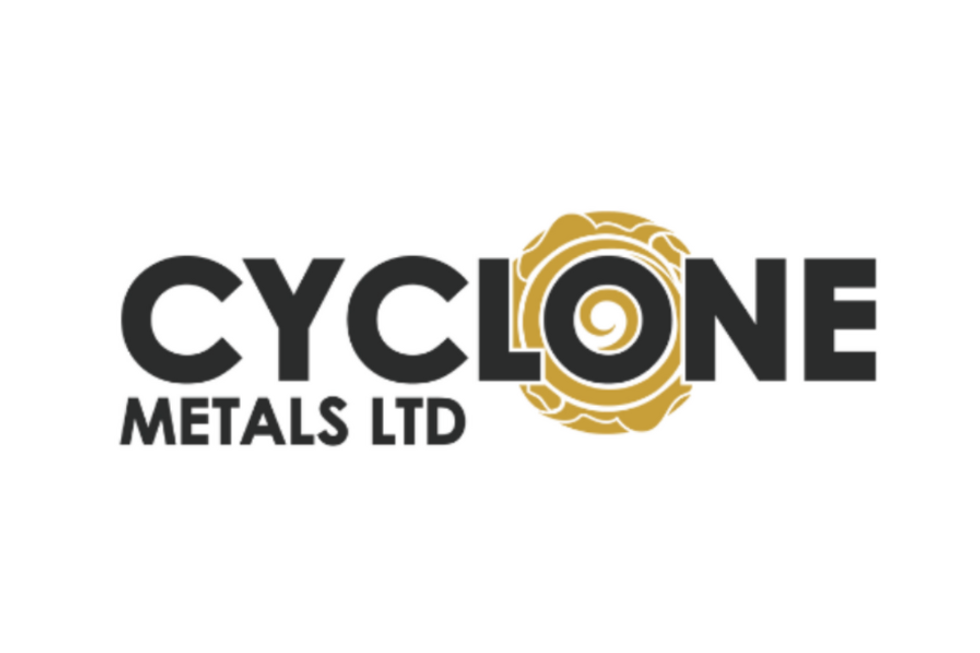Iron Outlook 2021: Chinese Demand to Remain High
What do experts see coming for the iron outlook in 2021? Unsurprisingly, actions taken by China will be key to watch in the coming year.

Click here to read the latest iron outlook.
At the end of 2019, experts were expecting iron ore prices to stabilize during 2020, but the base metal actually ended the year on a high note.
Last year was marked by uncertainty as the coronavirus pandemic hit the world, with base metals markets feeling the impact on demand and supply.
As the new year begins, the Investing News Network is looking back at the main trends in the space in 2020 and what the iron outlook is for 2021.
Iron trends 2020: The year in review
Iron ore prices started 2020 hovering around the US$93 per tonne mark, with the first quarter seeing the base metal hit its lowest point of the 12 month period at US$81.65 on March 3.
Prices took a hit as the coronavirus started to spread around the world, and on the back of concerns surrounding demand from China, which was the initial epicenter of the virus.
COVID-19 disrupted Chinese industrial activity and led to the temporary closure of factories and construction sites across the country, with demand from the steel sector declining as much as 30 to 40 percent in February alone, according to FocusEconomics.
As with other base metals, prices started to rebound in the second half, as economies around the world began to reopen and as China’s demand turned to the green. The Asian country is the world’s top producer and consumer of steel, of which iron ore is a key component.
By December, iron ore prices had climbed to their highest level in four years at US$169.52, for a total gain of almost 85 percent in 2020.
“Sizable stimulus aiming to help the infrastructure sector (in China) shake off the effects of the pandemic has ramped up demand for iron ore,” FocusEconomics analysts said in their December report.
“Industrial output and infrastructure investment growth in the country both posted robust increases in the first month of Q4,” they added.
Moreover, successful coronavirus vaccine trials spurred investor sentiment and led to a more optimistic outlook for the global economy in the second half of 2021, further fueling prices for the commodity.
Supply concerns also helped the price surge, with lower supply estimates from Vale (NYSE:VALE), the world’s second largest iron ore producer; it has curbed its 2020 production guidance and reduced its guidance for the following year. Meanwhile, November shipments to the rest of the world from Brazil, which is responsible for 23 percent of the world’s exports, fell to a six month low.
Iron outlook 2021: What’s ahead
As 2021 kicks off, investors interested in the iron ore space are wondering what’s next for the base metal.
Australia, the world’s top exporter of iron ore, is expecting China’s iron ore demand to remain high over the next 12 months, although Chinese steelmakers may seek to reduce production slightly should iron ore prices remain at a level that renders many of them unprofitable.
Demand in many other countries is expected to stay below 2019 levels, with a range of steelmakers in Europe and South Asia remaining on hiatus or shut down and not expected to produce until iron ore prices drop, said Australia’s Office of the Chief Economist (OCE), a government commodity forecaster.
But Chinese iron ore demand growth may be nearing its end. “Chinese demand for iron is likely at its peak, with a decline expected over the next 10 years as a growing share of its steel production is drawn from domestic recycling. This will result in reduced Chinese dependence on the seaborne iron ore market,” the OCE commented.
Meanwhile, Fastmarkets is projecting that iron ore demand in 2021 will be stronger than initially expected earlier in 2020.
“We not only anticipate continued demand growth in China, but a recovery in the rest of the world as well, with crude steel production resuming in other Asian and European countries,” a report from the firm reads. “As the year approaches the end, it has become clear that the Chinese crude steel output recovery after the lockdown in the first quarter was not just a temporary phenomenon, but it drove the appetite for iron ore persistently higher throughout this year (2020).”
In terms of prices, the high iron ore market prices seen in recent months are expected to continue into the first quarter of 2021, supported by strong Chinese steel output, according to the latest S&P Global Platts iron ore and steel outlook.
Looking further ahead, despite the recent gains, prices for iron ore are expected to decline going forward, as concerns over tight supply fade, according to FocusEconomics.
“While a prolonged health crisis could create bottlenecks, exerting further upward pressure on prices, production in Australia and particularly Brazil should pick up as activity recovers from the pandemic, further adding to swelling inventories,” analysts at the firm said.
“Meanwhile, a slower-than-expected vaccine rollout could weigh on the global recovery, dragging on steel demand and thus on iron ore prices ahead.”
FocusEconomics panelists estimate prices will average US$91.80 in Q4 2021 and US$78.50 in Q4 2022.
Don’t forget to follow us @INN_Resource for real-time news updates!
Securities Disclosure: I, Priscila Barrera, hold no direct investment interest in any company mentioned in this article.

